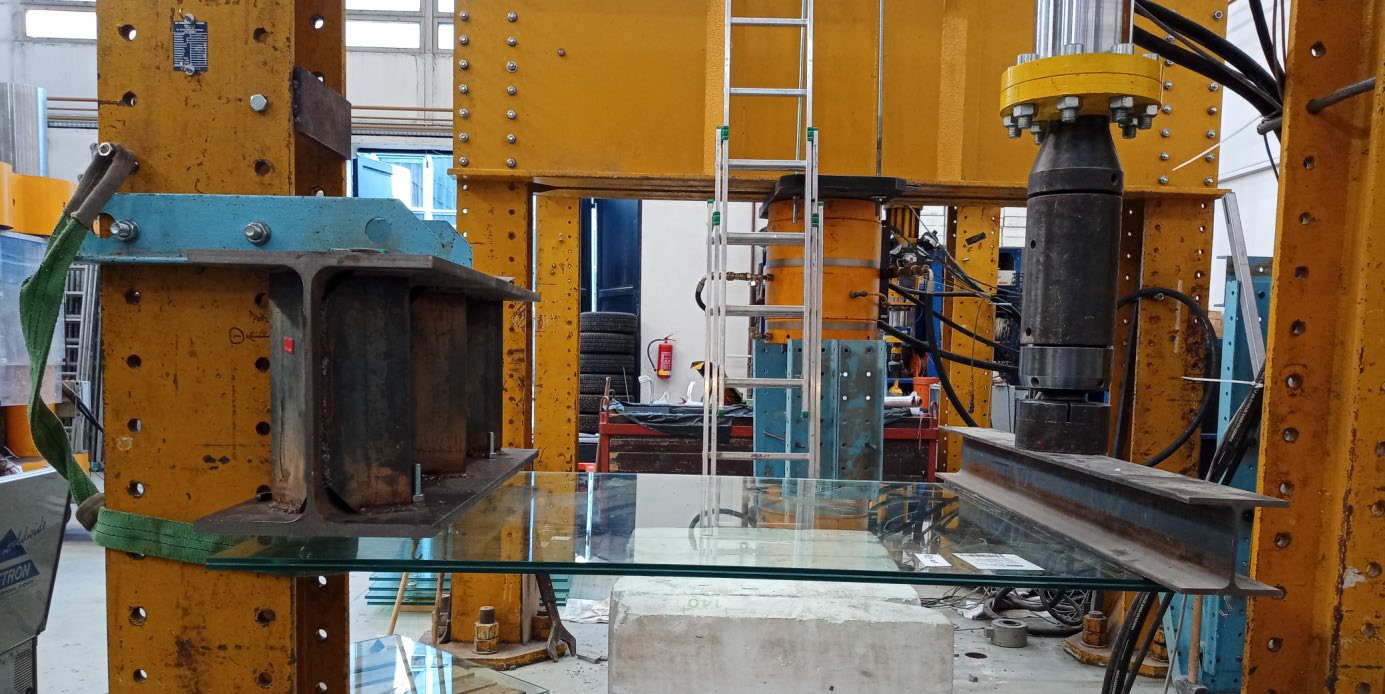Comparison of Behaviour of Laminated Banister Panels with Embedded Connections
DOI:
https://doi.org/10.47982/cgc.8.438Downloads

Abstract
Glass became a very popular building material in recent decades. Modern architecture often works with glass facades, roofs, banisters or columns. However, using glass elements in structures may be problematic due to glass elements connections. The connection must bear all stresses arising during the lifetime period and meet high aesthetical standards at the same time. Various bolted and adhesive connections were developed in order to achieve as transparent look as possible. The embedded laminated connection combines mechanical and adhesive fixing systems. The ongoing research at the Faculty of Civil Engineering of the CTU in Prague is focused on the characteristics of this type of connection. Within this research, two sets of real-scale laminated banister panels with the embedded connection were tested. The first set included the samples consisting of two 8 mm glass plies bonded with two layers of an EVA foil. The second set of samples consisted of one 10 mm glass ply and one 6 mm glass ply also bonded with two layers of an EVA foil. There was one pair of embedded steel countersunk bolts with HDPE liners in each of the lower corners. A short-term vertical load was applied on the samples. During the experiment, stresses and deflections in several points were measured. The experiments showed the collapse mode and a short-term resistance of a laminated glass panel with two sets of embedded point connections under a vertical load. It also allowed comparing the behaviour and resistance of two panels of identical total thickness differing in glass ply compositions.
Published
Issue
Section
CertBond COST Action CA18120
License
Copyright (c) 2022 Michaela Zdražilová, Zdeněk Sokol, Martina Eliášová

This work is licensed under a Creative Commons Attribution 4.0 International License.



